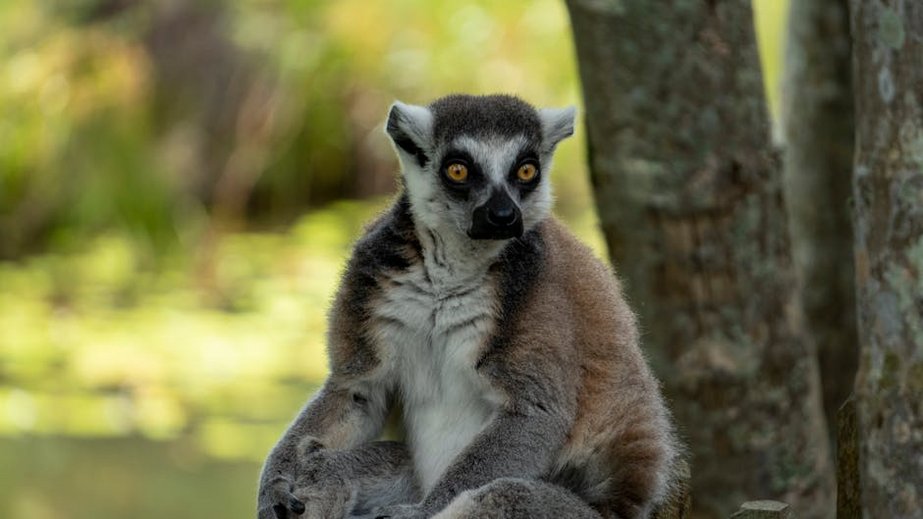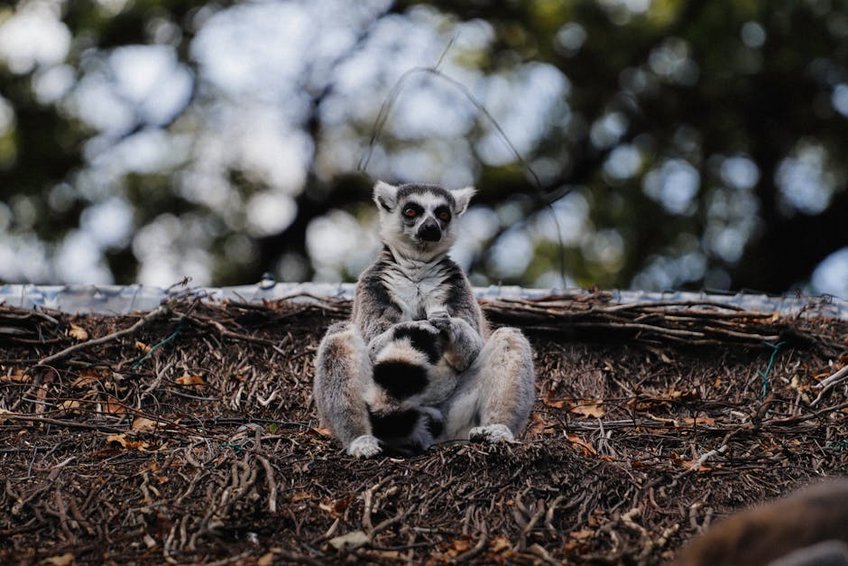Walking Under Baobab Trees in Madagascar
Walking under Baobab trees in Madagascar is an experience that transcends ordinary travel, transporting you to a world where nature commands reverence and time seems to stand still. These ancient giants, some over a thousand years old, create cathedral-like avenues and solitary silhouettes against dramatic African skies, offering one of the planet’s most unique ecological encounters. Madagascar, the world’s fourth largest island, possesses a biodiversity found nowhere else on Earth, with baobabs serving as iconic symbols of this natural wonder. As you walk beneath their massive, bottle-shaped trunks and gaze up at their root-like branches, you’ll understand why locals call them the “roots of the sky.” This extraordinary experience combines adventure, photography opportunities, and cultural immersion in ways that will leave lasting memories. Whether you’re an avid nature lover, photography enthusiast, or simply seeking transformative travel experiences, walking under Baobab trees deserves a top spot on your bucket list.
Walking Under Baobab Trees Essential Information
Before embarking on your journey to walk under Madagascar’s magnificent Baobab trees, understanding the fundamentals will ensure a smoother, more enjoyable experience. Madagascar operates on a unique rhythm compared to Western destinations, with infrastructure that requires flexibility and preparation. The island’s baobabs aren’t just scattered randomly—they cluster in specific regions, with the most famous being the Avenue of the Baobabs near Morondava on the west coast. Six of Madagascar’s eight baobab species are endemic, meaning they grow nowhere else naturally on Earth. These trees can reach heights of 30 meters (98 feet) with trunk diameters up to 11 meters (36 feet), creating truly monumental natural architecture. The best experiences come from visiting both during golden hour for photography and at night for stargazing beneath their silhouettes.
Baobab Species Identification – What You Need to Know
- Adansonia grandidieri: The classic “Avenue” species with tall, straight trunks and minimal branching until the crown
- Adansonia za: Found in southern regions with more irregular trunk shapes and often reddish bark
- Adansonia madagascariensis: Smaller species with distinctive bottle-shaped trunks growing in dry forests
- Budget traveler: $50-70/day including basic accommodation, local meals, and shared transportation – requires flexibility and tolerance for basic conditions
- Mid-range experience: $100-150/day offering comfortable hotels, private guides, better vehicles, and improved meals – ideal for most travelers
- Luxury safari-style: $250-400/day featuring high-end lodges, expert guides, private 4×4 vehicles, and gourmet dining – maximum comfort and convenience
- Madagascar National Tourism Board
- IUCN Madagascar Baobab Conservation
Conservation Status and Ethical Visitation
Madagascar’s baobabs face significant threats from deforestation and climate change, making responsible tourism crucial. When walking under these ancient trees, maintain respectful distance from roots, avoid touching bark unnecessarily, and never carve or mark the trees. Support local conservation efforts by hiring local guides from communities that protect these natural monuments. The Malagasy people have cultural traditions surrounding baobabs, often considering them sacred or believing spirits inhabit them, so follow your guide’s instructions regarding appropriate behavior around these living legends.

Walking Under Baobab Trees Planning Your Trip
Planning your journey to walk under Madagascar’s baobab trees requires careful consideration of seasons, logistics, and budget. The island’s infrastructure presents challenges, with roads that can become impassable during rainy season and limited facilities in remote areas. Most visitors access baobab regions through Antananarivo, Madagascar’s capital, then take domestic flights or undertake long drives to western coastal towns like Morondava. The dry season (April to November) offers the most reliable conditions for travel, with June to August being peak season for optimal weather but higher prices. Shoulder seasons (April-May and September-October) often provide a balance of good weather and fewer crowds. Regardless of when you visit, building flexibility into your itinerary is essential, as weather and road conditions can change rapidly in Madagascar.
Best Time to Visit Madagascar for Baobab Walking
The ideal time for walking under Baobab trees in Madagascar is during the dry season from April to November, with particularly optimal conditions from June to September. During these months, rainfall is minimal, roads are more passable, and temperatures are comfortable for walking (typically 70-85°F or 21-29°C). The austral winter months of June-August offer coolest temperatures but attract the most visitors. September-October provides warmer weather with thinning crowds. November marks the beginning of rainy season but can still offer good conditions early in the month. Avoid January-March when heavy rains make many baobab areas inaccessible and hiking uncomfortable.
Budget Planning and Costs for Madagascar Baobab Adventure
Essential Preparation Checklist for Madagascar Travel
Preparing for walking under Baobab trees requires specific gear and documentation beyond typical tropical travel. Ensure you have valid passport with at least six months validity, obtain Madagascar visa (available on arrival for most nationalities for approximately $37), and consult travel clinic for necessary vaccinations including hepatitis A, typhoid, and malaria prophylaxis. Pack lightweight but protective clothing for sun and insects, broken-in hiking shoes for uneven terrain, high-quality camera equipment for spectacular photography opportunities, and sufficient cash as credit cards are rarely accepted outside major cities. Download offline maps and translation apps since English is not widely spoken outside tourist areas.
Walking Under Baobab Trees Top Attractions and Activities
While the act of walking under Baobab trees itself constitutes a primary attraction, the experience encompasses much more than simply gazing at these natural wonders. The most famous location is undoubtedly the Avenue of the Baobabs (Allée des Baobabs) near Morondava, where approximately two dozen Adansonia grandidieri trees line a dirt road creating one of Madagascar’s most photographed scenes. Beyond this iconic spot, the Baobab Amoureux (Lovers’ Baobabs) features two intertwined trees with a romantic local legend. Further north, the Sacred Baobab of Andavadoaka draws visitors for both its impressive size and cultural significance. Many operators offer sunset and sunrise visits when the light transforms the landscape into breathtaking photography opportunities, with colors shifting from gold to deep crimson against the baobab silhouettes.
Must-See Baobab Highlights in Madagascar
No visit for walking under Baobab trees is complete without experiencing these essential locations. The Avenue of the Baobabs remains the crown jewel, best visited at both sunset and sunrise for different lighting effects and fewer crowds in the morning. The nearby Baobab Amoureux makes a perfect secondary stop, especially for couples seeking romantic photo opportunities. For those with more time, the Kirindy Forest offers additional baobab viewing alongside lemur spotting opportunities. The remote Menabe region contains some of the largest and oldest specimens, requiring more effort to reach but offering incredible solitude and connection with these ancient beings. Each location provides unique perspectives on these magnificent trees and their place in Madagascar’s ecosystem.
Hidden Gems and Local Favorites Beyond the Main Avenue
While most visitors cluster at the famous Avenue, savvy travelers discover equally impressive baobab experiences with fewer crowds. The baobabs near Ifaty and Mangily in the southwest offer coastal settings where massive trees meet turquoise waters, creating unique photography opportunities. The sacred baobabs of villages like Andavadoaka provide cultural context alongside natural wonder, with local guides sharing stories passed through generations. For the truly adventurous, the baobabs of the northern regions around Antsiranana present different species in less-visited landscapes. Many local guides know specific individual trees with particular characteristics or histories that don’t appear in guidebooks, making hiring a knowledgeable guide one of the best investments for unique experiences.
Walking Under Baobab Trees Practical Travel Information
Navigating Madagascar to experience walking under Baobab trees requires understanding the country’s unique travel infrastructure and options. Transportation ranges from challenging public options to comfortable private vehicles, with most visitors opting for organized tours or private drivers for baobab regions. Accommodation near prime baobab areas varies from basic guesthouses to comfortable eco-lodges, with few luxury options available. The western region around Morondava serves as the main gateway to the most famous baobab avenues, requiring either domestic flight from Antananarivo or a long but scenic drive. Road conditions can be challenging, particularly during and after rains, so building extra time into your itinerary is essential. English is not widely spoken outside tourist areas, so learning basic French or Malagasy phrases greatly enhances interactions.
| Category | Options/Features | Price Range (USD) |
|---|---|---|
| Accommodation | Basic guesthouses to eco-lodges with limited amenities | $20-150/night |
| Transportation | Taxi-brousse (shared), private car, domestic flights | $50-300/day |
| Guides | Local guides essential for best experience and navigation | $20-50/day |
| Park Fees | Conservation fees for protected areas and specific trees | $5-15/visit |


